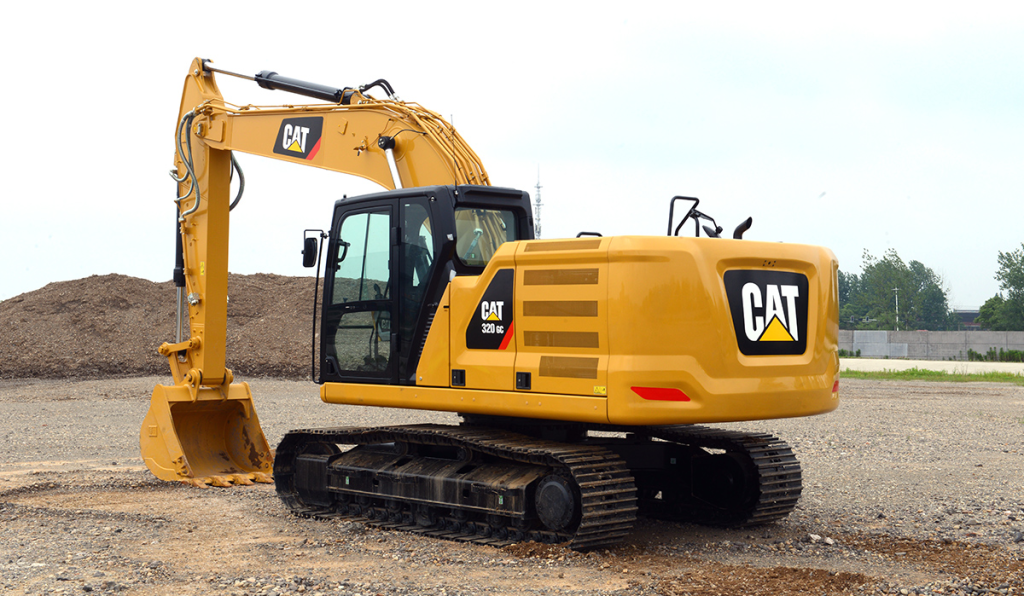The Ultimate Guide to Choosing the Right Caterpillar Excavator
Choosing the right Caterpillar excavator for your needs can significantly impact your project’s efficiency and cost-effectiveness. This guide will help you navigate the selection process by outlining key factors to consider, types of excavators available, and tips for making an informed decision.
1. Assess Your Needs

Project Requirements
- Type of Work: Determine if the excavator will be used for digging, grading, demolition, or other tasks.
- Terrain: Consider the type of terrain (soft ground, rocky, urban, etc.) where the excavator will operate.
- Load Capacity: Assess the maximum load the excavator will need to handle.
Working Conditions
- Space Constraints: Evaluate the space available for maneuvering the excavator.
- Access: Ensure the excavator can access the job site, especially in tight spaces.

2. Understand Excavator Types
Caterpillar offers a variety of excavators to suit different applications:
- Mini Excavators:
- Ideal for smaller projects and tight spaces.
- Compact size allows for easy transport and maneuverability.
- Standard Excavators:
- Versatile machines suitable for general construction tasks.
- Available in various sizes to match project needs.
- Large Excavators:
- Designed for heavy-duty work, such as mining and large-scale construction.
- High power and load capacity.
- Specialty Excavators:
- Includes models designed for specific tasks, such as demolition or forestry work.
3. Consider Key Specifications
When evaluating Caterpillar excavators, pay attention to the following specifications:
- Operating Weight: Affects stability and lifting capacity.
- Engine Power: Determines performance and efficiency.
- Hydraulic System: Consider flow rate and pressure for optimal attachment performance.
- Boom and Arm Length: Impacts reach and digging depth.
4. Evaluate Attachments and Features
Caterpillar excavators come with a range of attachments that can enhance functionality:
- Buckets: Different sizes and shapes for various digging tasks.
- Hydraulic Breakers: Useful for demolition work.
- Thumbs and Grabs: For handling materials more effectively.
Additionally, modern excavators may include features such as:
- Advanced Control Systems: Improve operator efficiency and comfort.
- Fuel Efficiency Technologies: Reduce operating costs.
- Safety Features: Enhance operator and job site safety.
5. Budget Considerations
- Purchase vs. Rental: Decide whether to buy or rent based on the duration of the project and budget constraints.
- Operating Costs: Factor in fuel, maintenance, and insurance costs when budgeting.
6. Research and Test
- Dealer Reputation: Work with a reputable Caterpillar dealer who can provide support and service.
- Demo the Machine: If possible, test the excavator on-site to ensure it meets your expectations.
- Read Reviews: Look for feedback from other users regarding performance and reliability.
7. Make an Informed Decision
After considering all the factors mentioned, compile your findings and compare different models. Choose the excavator that best aligns with your project requirements, budget, and operational preferences.
Conclusion
Selecting the right Caterpillar excavator involves careful consideration of your project needs, the types of excavators available, specifications, attachments, and budget. By following this guide, you can make an informed decision that enhances your project’s efficiency and success. If you have any further questions or need assistance, feel free to ask!